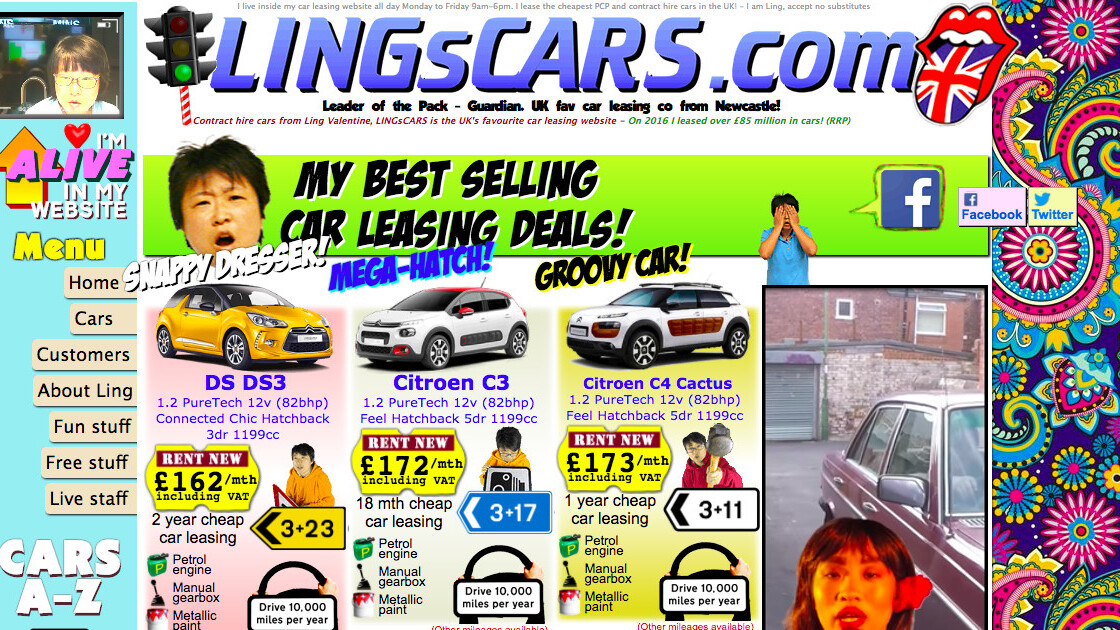When it comes to technology, I like to think of design as a hidden hero.
Remember the first-generation Apple iPhone? It was so novel and groundbreaking that it drove an almost cult-like following and unprecedented consumer loyalty. At the time, Apple revolutionized the phone industry with its unique design, pure touchscreen functionality and no keyboard — the antithesis to the Blackberry.
Since then, there has been a renewed understanding of the potential of design to influence business success, and whether in hardware or software, innovations in technology have almost always meant accompanying innovations in design.
Today, design is often the single differentiating factor between a product or service and its competition. Think about the iPhone versus the Android. The products are so similar in function that they are competing almost solely on design and the end experience.
Ultimately, users don’t understand or often even care about the data or the code driving the technology they are using, but they are both discerning and demanding when it comes to the experience they want to have.
Whether you are a designer yourself, or a user who wants to have a greater understanding of the design behind your favorite products, here are some design principles to think about.
Design is like an iceberg, 90% of it is never seen
We go about our daily lives immersed in design. In the context of technology, design provides the context in which a user interacts with the basic product, turning all of the backend work into a beautiful experience. It’s what makes the ‘magic’ of technology happen, and by extension, most of it isn’t something we are meant to see.
If we are in an era of design, it would be an era of the ‘clean & simple’, and we see this minimalist theme across all of our technology interfaces. Getting there, though, means that the designer struggles all the time to remove steps, endlessly asking the question of “do we need this?” in order to create the most efficient and streamlined experience for users.
Great design solves problems and creates positive experiences
At the heart of great design is its ability to solve problems and be in-tune to people’s needs. And this is true throughout the design process, starting with user research. User Research (UR) is all about understanding people, gathering experiences and insights from the user, collecting ‘artifacts’ of user habits and finding common patterns which are potential problems that better design might be able to address.
User Experience (UX) is next, and its purpose is to ensure that the experience is a seamless one, that it works as it should, and is free of problems. And finally, User Interface (UI) finishes off the design and is the last layer of visual style, emotional elements, and branding that presents the product as a solution for the user.
However, this process doesn’t function like passing off a baton in a relay. Rather, each group works cohesively together as a team, collaborating throughout the process, giving each other turns to lead their part of the project and providing insight along the way to craft magically designed experiences.
Design always has more than one goal in mind
At a high level, design is truly about designing at the intersection of the customers, the business and the technology itself. What that ultimately means is design is used to achieve business goals while meeting the needs of customers in a way that leverages the innovation of the technology.
Finding that sweet spot is the hardest part, and in that sense, it’s fair to say that designers, at least in technology, must truly try to please everyone (including all stakeholders). As a rule of thumb, designs which don’t add any value to customer experiences and business goals are bad, as are designs that miss the mark in addressing users’ needs.
Designing for empathy and delight
Emotionally, design needs to be two things: empathetic and delightful. Every design is being crafted with a specific user in mind, and understanding what they need is the only way to design for them – even if they don’t know what they need. In that sense, design should support the overall efficiency of the product, but still with a sense of personality that allows the user to be immersed in the brand experience.
 Users want to eliminate their frustrations and be shown a clear path to the solution, and the design of a product is essentially all the conscious decisions a designer makes to take them there. At the same time, design must be delightful — as simple as a little car pulsating on a map or an unconventional ‘loading’ graphic… these small touches can do more than just improve the experience, it can bring actual joy to the user.
Users want to eliminate their frustrations and be shown a clear path to the solution, and the design of a product is essentially all the conscious decisions a designer makes to take them there. At the same time, design must be delightful — as simple as a little car pulsating on a map or an unconventional ‘loading’ graphic… these small touches can do more than just improve the experience, it can bring actual joy to the user.
Ever have a ‘can’t quite put your finger on it’ reason why you prefer one product over another, despite their nearly identical functions? That’s empathy and delight, a powerful combination when used correctly.
Design is about gently convincing people
Design, by nature, is about taking risks — changing the norm, putting out new concepts. By extension, designers must also convince others to take those risks. The resistance here comes from a corporate mentality that is often resistant to change and trying something different. This is why designers must often work within boundaries, though that is not necessarily a bad thing, as limitations actually provide a catalyst for creative thinking and a canvas for the work.
In addition to convincing the business, designers, more importantly, must convince the users of the product. This is an organic process of teaching your users how to interact with the product. The first step is to meet users’ needs, whether practically or out of enjoyment. Then, you can retain this audience by becoming a more regular part of their daily lives.
The last step of this process is making your users fall in love with the brand, which naturally makes them want to promote the product, turning them into advocates. When you have users advocating your product, you’ve recruited fans to do word-of-mouth marketing for you — all with the right design.
Get the TNW newsletter
Get the most important tech news in your inbox each week.






